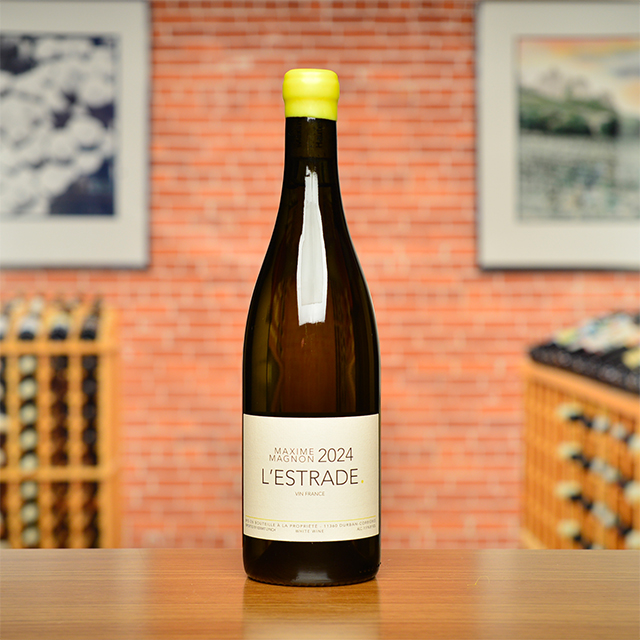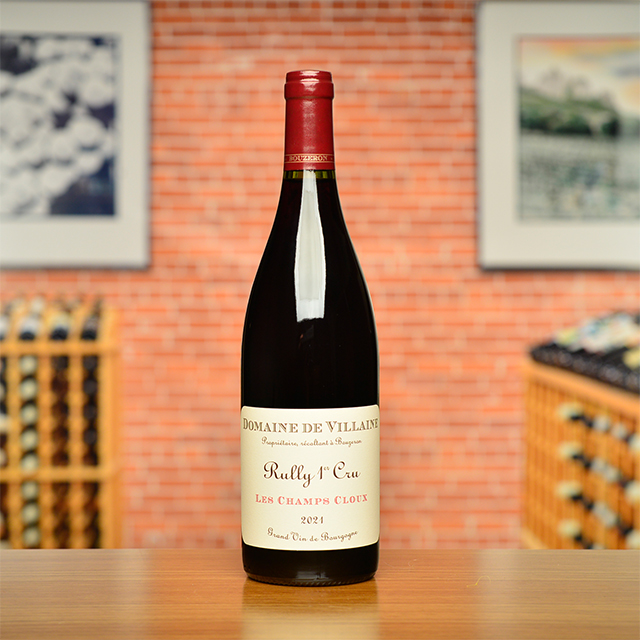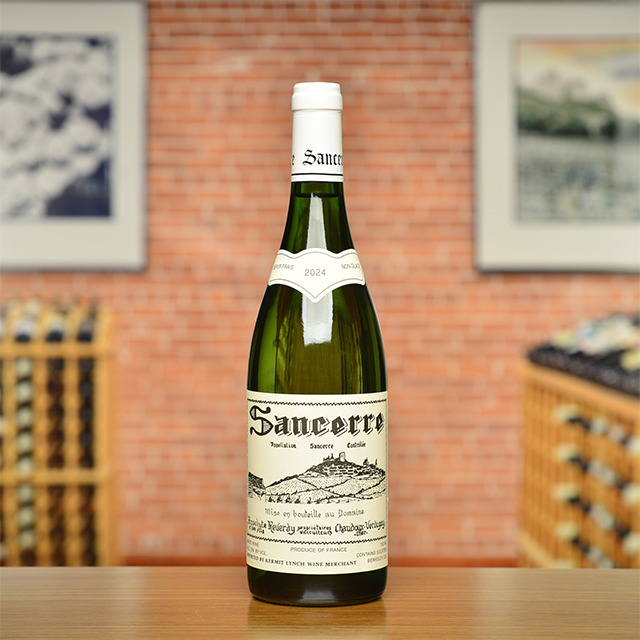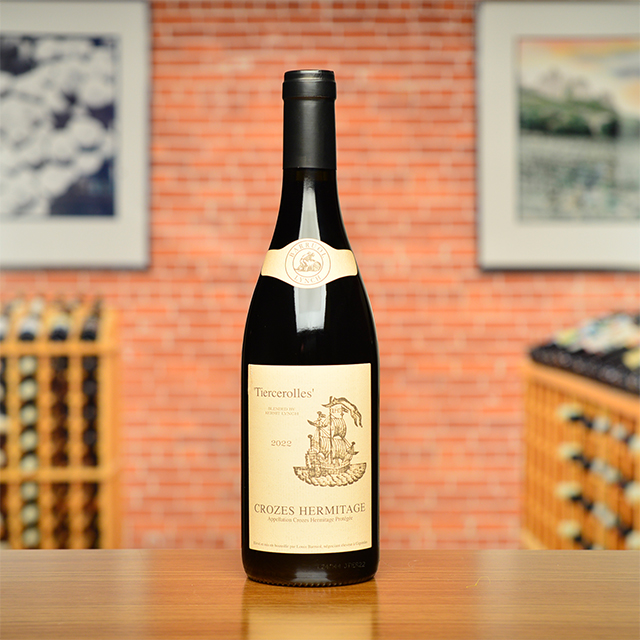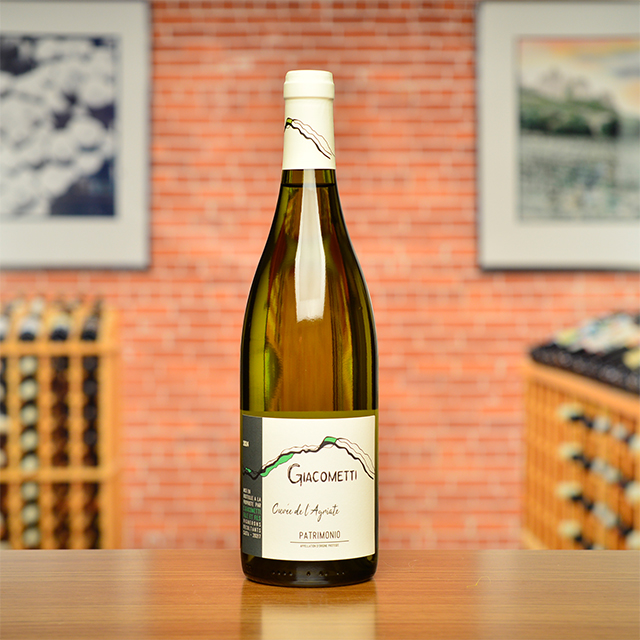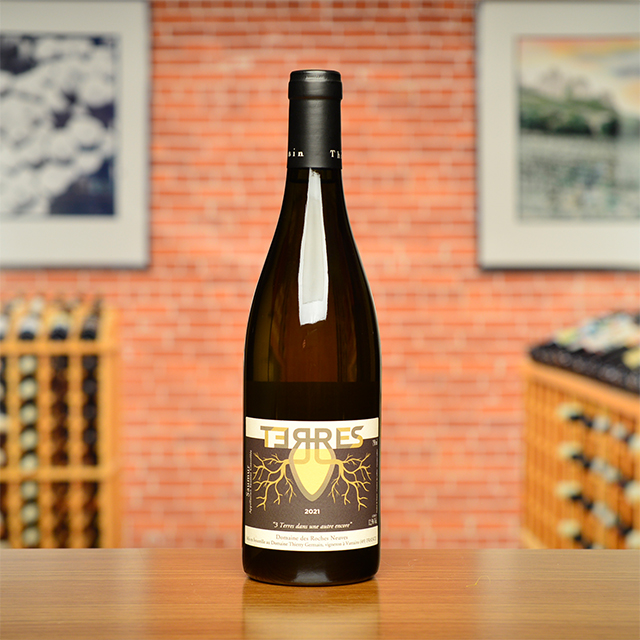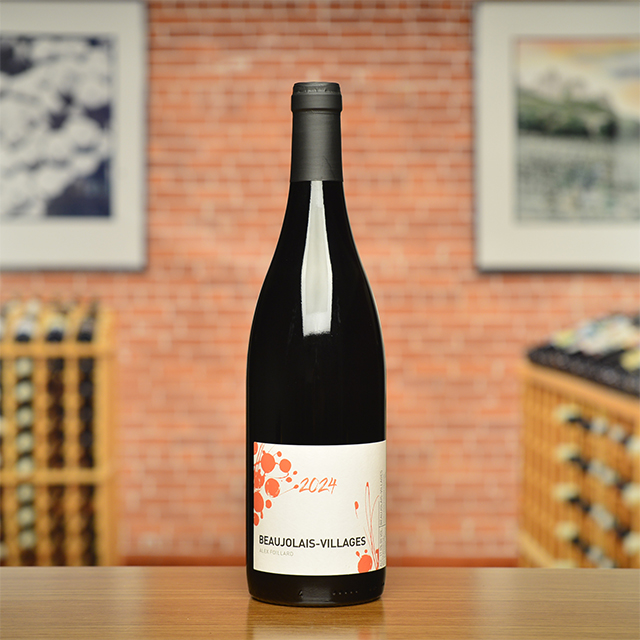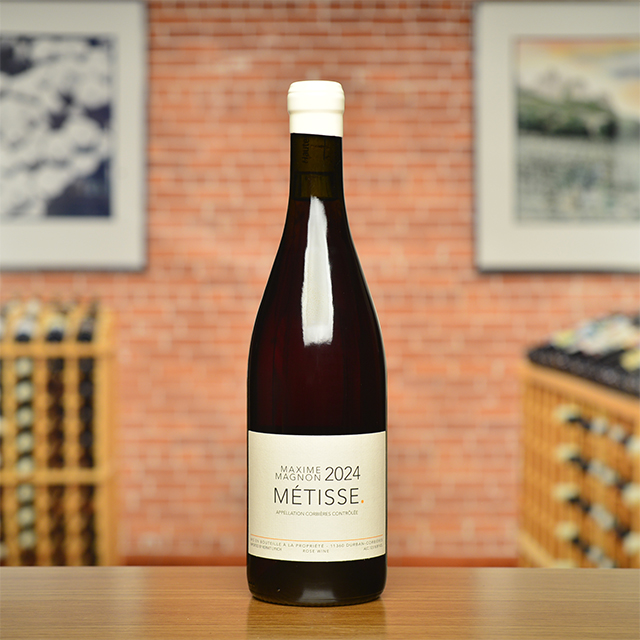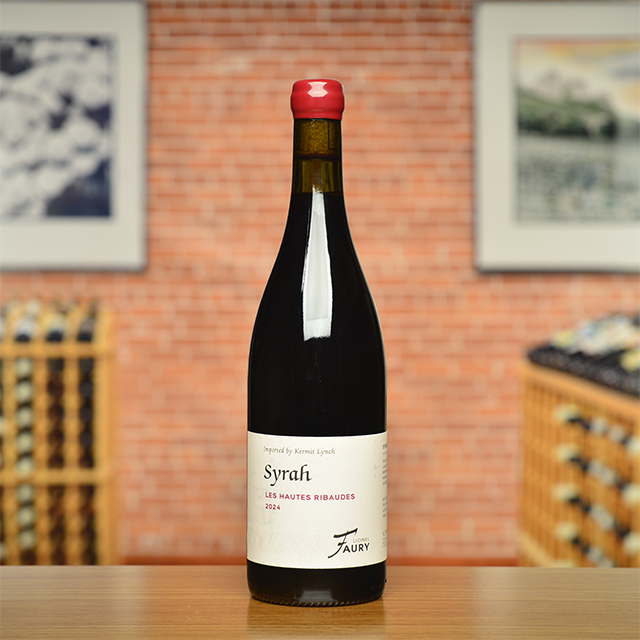Notify me
2019 Vino Bianco “Modestu”
Giovanni Montisci
To best enjoy this skin-contact dry Moscato from Sardinia, start by throwing out all your preconceptions about skin-contact wines, Moscato, and Sardinia. Made from old vines in sandy granitic soils at high elevation in the heart of the Gennargentu Massif, not far from the island’s four ski resorts, it speaks more to its extreme terroir than to technique or varietal character. The ever-changing aromas and textures recall a juicy cocktail of citrus, apricot, dried herbs, and wildflowers, while the savory finish saturates the senses with salinity, spice, and stony grit. Sea urchin pasta is the ultimate pairing, but it works surprisingly well with chips and guac.
—Anthony Lynch
| Wine Type: | white |
| Vintage: | 2019 |
| Bottle Size: | 750mL |
| Blend: | Moscato |
| Appellation: | Vino da Tavola |
| Country: | Italy |
| Region: | Sardinia |
| Producer: | Giovanni Montisci |
| Winemaker: | Giovanni Montisci |
| Vineyard: | 60 years |
| Soil: | Sandy granite, clay |
| Farming: | Organic (practicing) |
| Alcohol: | 13.5% |
More from this Producer or Region

2024 Rosato “Barrosu”
Italy | Sardinia
It offers deep complexity and layers of flavor, like a nectar of crushed strawberries with a savory, stony finish.

2020 Vino Bianco “Modestu”
Italy | Sardinia
Old-vine Moscato from Sardinian mountaintops, 4 days on skins, fermented dry and aged in barrel—heavenly with sea urchin pasta

2023 Isola Dei Nuraghi Rosso “Familia”
Italy | Sardinia
Muristellu, Caricagiola, and Cannonau make up the blend, giving it plenty of local character and deep, wild fruit you can practically bite into.

2021 Vino Bianco “Modestu”
Italy | Sardinia
Old-vine Moscato from Sardinian mountaintops, 4 days on skins, fermented dry and aged in barrel—heavenly with sea urchin pasta

2020 Vino Rosso “Barrolu”
Italy | Sardinia
You’d be right to be skeptical of a Nebbiolo from Sardinia, but from a top-notch terroir high in the mountains, it is something else entirely.

2020 Cannonau di Sardegna “Riserva Franzisca”
Italy | Sardinia
Sporting rich primary fruit, an intense granitic backbone, and mellow tannins, this monument to Sardinian viticulture delivers impressive power.

2022 Isola Dei Nuraghi “Familia”
Italy | Sardinia
This inky, chewy blend of Cannonau with the native Muristellu boasts a strikingingly wild perfume that soars from the glass.
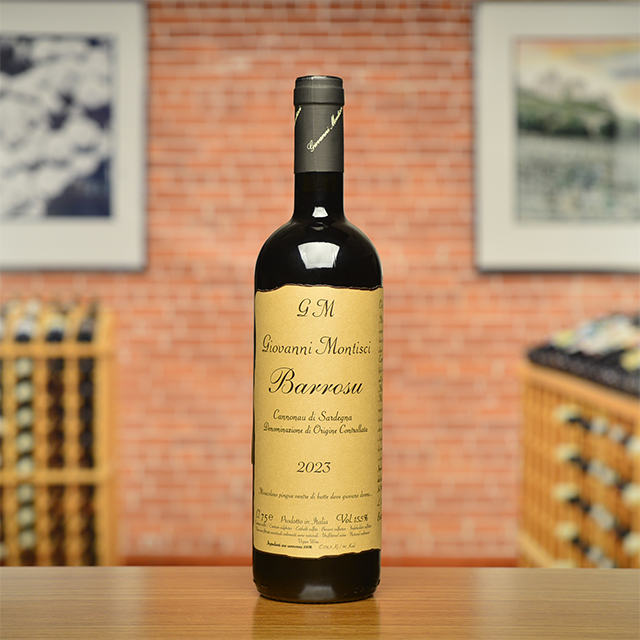
2023 Cannonau di Sardegna
“Barrosu”
Italy | Sardinia
With intense flavors of blood orange, brambly fruit, licorice, and herbs, Barrosu is perfectly suited to a wide range of meat slow-cooked over coals.

2022 Isola Dei Nuraghi Bianco “Prama Dorada”
Italy | Sardinia
The interplay of salinity, bitters, and a waxy richness tug at the palate in every direction, providing a textural experience you’ll particularly appreciate at table.

2019 Vino Rosso “Barrolu”
Italy | Sardinia
You’d be right to be skeptical of a Nebbiolo from Sardinia, but from a top-notch terroir high in the mountains, it is something else entirely.
 /
/
About The Producer
Giovanni Montisci
About The Region
Sardinia

Our first foray into Sardegna is very recent, and it only took one trip to fall in love with the island, its culture, and its wines. Similar to its northerly neighbor, Corsica, there is a strong regional identity here that goes far beyond its official status as one of Italy’s twenty regions. Its people are proud, strong-willed, and deeply attached to their traditions—a distinctive character often seen with island people and accentuated by its long history of invasions and outside rule.
This tumultuous past has resulted in diverse influences—Greek, Roman, Aragonese, Catalan, and Ligurian, just to name a few—that have shaped the island’s culture, language, cuisine, and wines over many centuries. While Vermentino and Cannonau (aka Grenache) reign, Sardegna also boasts a number of indigenous grapes that are capable of expressing something unique in its abundant variety of terroirs.
The Mediterranean plays a major role, providing cooling, salty breezes to coastal areas, while the rugged, mountainous interior is home to high-altitude sites where wines retain freshness in spite of the southerly latitude. The granitic highlands of Gallura and Barbagia come to mind as some of its most qualitative zones, but a range of soils, elevations, and varying distance to the sea mean that the island is capable of producing wines in all styles, from crisp whites to powerful reds and exquisite vini dolci.
The three growers we represent bring something new to the table, something fascinating that is not found elsewhere in Italy or even in nearby Corsica. Their wines evoke the rustic beauty of this fascinating island civilization, and of course, pair perfectly with the local cuisine, be it seafood-based or the hearty, earthy specialties of its interior.
More from Sardinia or Italy
2022 Isola Dei Nuraghi Bianco “Prama Dorada”
Deperu Holler Italy | Sardinia
2020 Alghero Cagnulari “Arsenale”
Vigne Rada Italy | Sardinia
2020 Isola Dei Nuraghi Bianco “Prama Dorada”
Deperu Holler Italy | Sardinia
2020 Vino Rosso “Barrolu”
Giovanni Montisci Italy | Sardinia
2022 Isola dei Nuraghi Rosso “Oberaìa”
Deperu Holler Italy | Sardinia
2020 Cannonau di Sardegna “Riserva Franzisca”
Giovanni Montisci Italy | Sardinia
2019 Vino Rosso “Barrolu”
Giovanni Montisci Italy | Sardinia
2021 Isola Dei Nuraghi Bianco “Prama Dorada”
Deperu Holler Italy | Sardinia
2020 Vino Bianco “Modestu”
Giovanni Montisci Italy | Sardinia
2022 Isola Dei Nuraghi “Familia”
Deperu Holler Italy | Sardinia
2024 Rosato “Barrosu”
Giovanni Montisci Italy | Sardinia
2023 Cannonau di Sardegna
“Barrosu”
Giovanni Montisci Italy | Sardinia
2022 Isola Dei Nuraghi Bianco “Prama Dorada”
Deperu Holler Italy | Sardinia
2020 Alghero Cagnulari “Arsenale”
Vigne Rada Italy | Sardinia
2020 Isola Dei Nuraghi Bianco “Prama Dorada”
Deperu Holler Italy | Sardinia
2020 Vino Rosso “Barrolu”
Giovanni Montisci Italy | Sardinia
2022 Isola dei Nuraghi Rosso “Oberaìa”
Deperu Holler Italy | Sardinia
2020 Cannonau di Sardegna “Riserva Franzisca”
Giovanni Montisci Italy | Sardinia
2019 Vino Rosso “Barrolu”
Giovanni Montisci Italy | Sardinia
2021 Isola Dei Nuraghi Bianco “Prama Dorada”
Deperu Holler Italy | Sardinia
2020 Vino Bianco “Modestu”
Giovanni Montisci Italy | Sardinia
2022 Isola Dei Nuraghi “Familia”
Deperu Holler Italy | Sardinia
2024 Rosato “Barrosu”
Giovanni Montisci Italy | Sardinia
2023 Cannonau di Sardegna
“Barrosu”
Giovanni Montisci Italy | Sardinia
Kermit once said...

Kermit once said...
For the wines that I buy I insist that the winemaker leave them whole, intact. I go into the cellars now and select specific barrels or cuvées, and I request that they be bottled without stripping them with filters or other devices. This means that many of our wines will arrive with a smudge of sediment and will throw a more important deposit as time goes by, It also means the wine will taste better.

